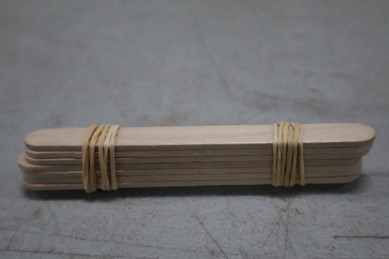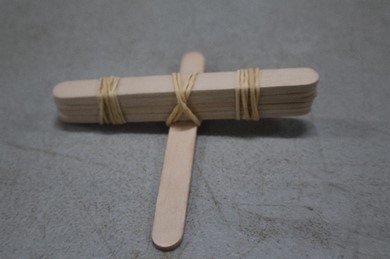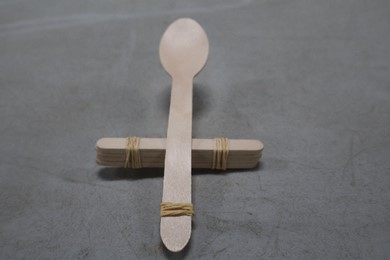Edit
Delete
Mini Catapults - Spoonapults
The Adventure
In this activity we will be making our own paddle pop catapults. This is a great activity for Joeys and Cubs but can equally be enjoyed by older sections. Catapults are a great way of learning about energy, gravity and Newton’s Laws of Motion.
Plan
- Investigate projectile motion and Newton's Laws of Motion. There are a range of resources available online for different age groups such as the Easy Science for Kids and Physics4Kids resources.
- Investigate gravity and how it impacts different objects. Do objects of different weights drop at the same time?
- Investigate different types of energy such as potential energy and kinetic energy and the laws of conservation of energy. This YouTube video can be a good starting point.
- Read the safety information and discuss with your leaders or another appropriate adult what safety equipment, precautions, and supervision may be required. Ensure that you have these safety measures in place before starting the ‘Do’ section.
- Gather all the equipment that you need to make your catapult. You will require the following equipment per catapult: around 8 paddle pop sticks, 4 rubber bands, 1 wooden takeaway spoon, a selection of pom poms, marshmallows, or other suitable projectiles, a bowl or other target for the projectiles (optional), and a tape measure (optional to measure how far your projectile goes). You may also find these printable instructions useful.
Do
-
Make a stack of paddle pop sticks (we suggest a stack of 5 to 7 depending on the size of your paddle pop sticks) and join them together at each using rubber bands.

-
Using a rubber band, attach a final paddle pop stick to the bottom of the stack to form a t shape.

-
Attach a wooden takeaway spoon to the bottom of the single paddle pop stick with a rubber band.

-
Place your projectile on the spoon.
- Hold the catapult with one hand, and use the other hand to pull the spoon down. Release the spoon and watch your projectile.
- Play around with your catapult. How far can you make your projectile go? Can you catch your projectile? How well can you aim your catapult?
Review
- Were you able to make your projectile fly? Why or why not?
- What did you enjoy most about this activity? What did you learn?
- What kind of theories and predictions can you make when using the catapults?
- Does using different types of surfaces make a difference?
- How could you modify your catapult to improve it?
Safety
- Be careful with rubber bands as if looped too tight onto limbs, etc, they can impair circulation. Rubber bands can also be used as projectiles that, if not careful, may pose a danger to eyes. Never shoot a rubber band in the direction of someone else.
- This challenge card includes projectiles which, if misused, can injure individuals. Make sure to use soft projectiles such as pom poms or marshmallows. Do not aim projectiles at the eyes of individuals.
- You will be using paddlepop sticks which can sometimes cause spliters. Take care when handling these.
- Allergen warning: Some individuals may react to ingredients or equipment used in this challenge card. Common allergens that may be present include latex (in the rubber bands) or various ingredients in marshmallows.
Variations
- Create a challenge within or between patrols to see who can create the best catapult, considering different aspects such as accuracy and distance.
- Older sections may wish to supersize this activity and build a larger catapult, keeping in mind that this will likely require more safety considerations than the smaller catapults.
- Younger sections may require assistance with wrapping rubber bands.
























